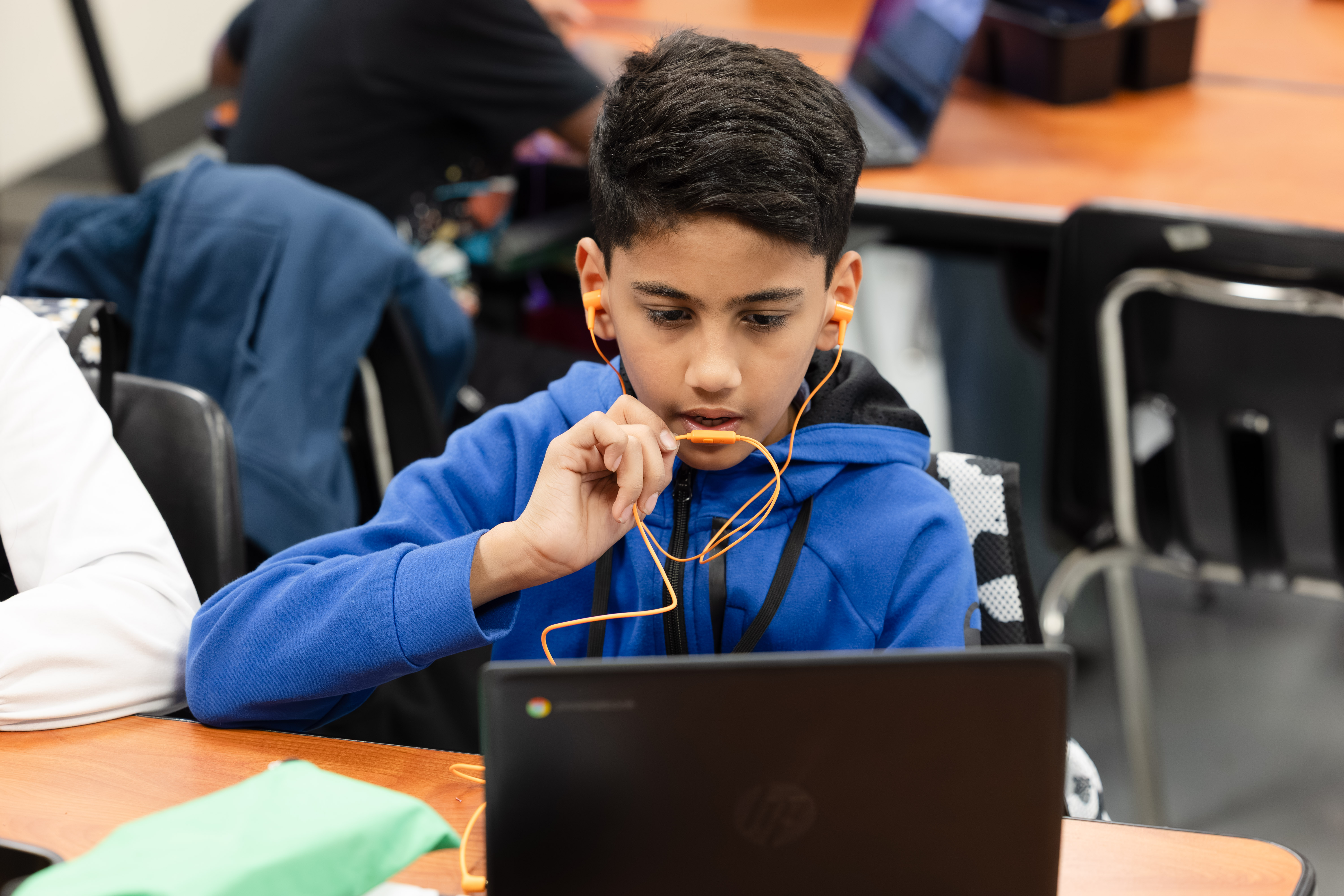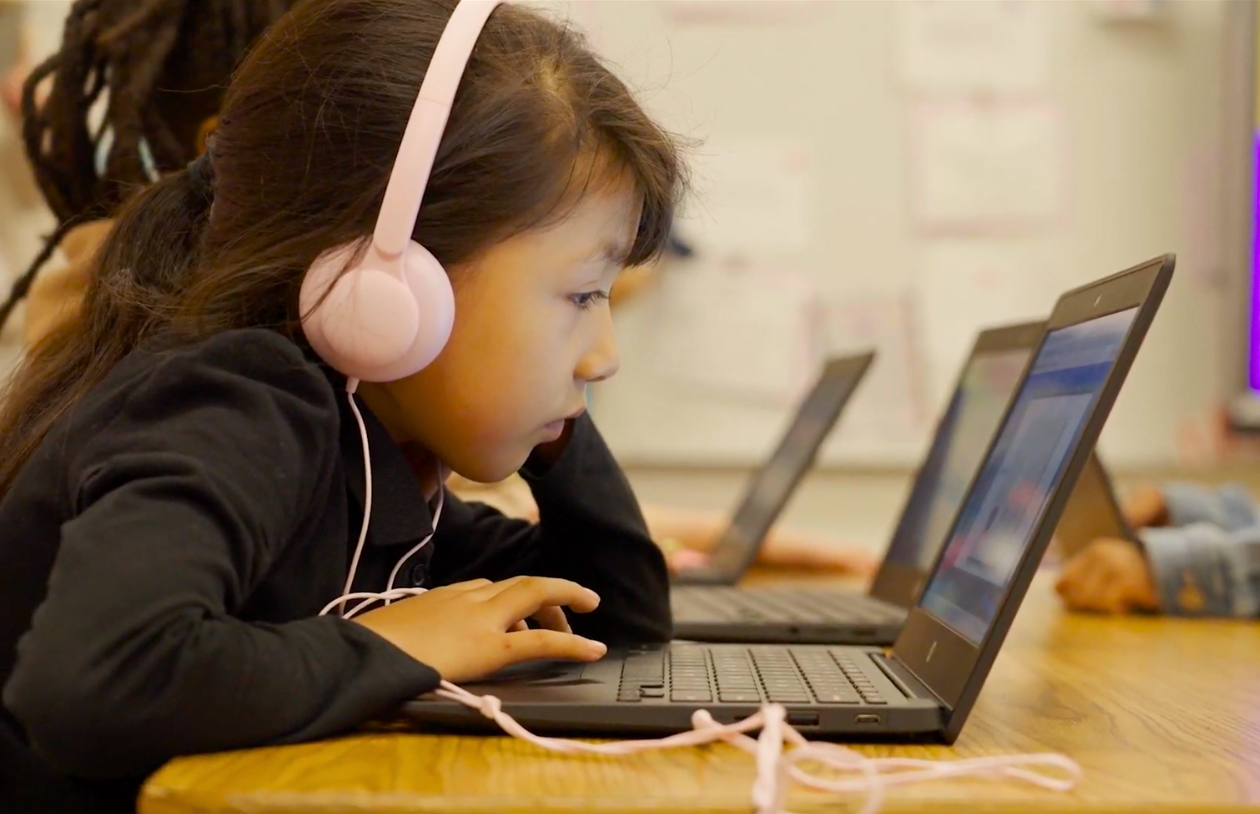The 3 Pillars of Second-Language Education

Explore the three pillars of second-language learning
Dual language learners are often underserved in terms of literacy support at school. Sometimes educators overlook their struggles, mistaking conversational fluency for academic language proficiency. More often though, teachers simply lack the resources to adequately differentiate instruction. This shortcoming in literacy education can have long-term consequences for students’ personal, social, and economic development.
How can schools do better? Here we summarize the classic pillars of second-language education in order to help educators better support dual language learners.
What are the three pillars of second-language education?
Exemplary second-language education is said to have three pillars: activating prior knowledge and building background, accessing content, and extending language.
1. Activating Prior Knowledge and Building Background
A person’s prior knowledge helps organize new information: the more they know about a topic, the better they can comprehend new concepts and vocabulary. In exemplary dual language classrooms, teachers activate students’ background knowledge before presenting new information — and if background knowledge is lacking, teachers help build it.
2. Accessing Content
Research suggests that dual language learners typically need four to seven years of language immersion to achieve academic proficiency. When students are still approaching native-level abilities, teachers can scaffold learning by presenting information in ways that don’t rely exclusively on text — images and other visual aids can help convey meaning.
3. Extending Language
Extending language refers to deepening the understanding of its formation and use. A focus on prefixes, for example, helps students understand new words as they read. Extension also includes the study of idioms, metaphors, and other forms of figurative language.
The three-pillar framework is generally attributed to Jim Cummins, PhD, a researcher at the University of Toronto. Widely accepted in the field of dual language education, this framework structures the blended literacy programs here at Istation.
How Istation Can Help
Istation’s two blended literacy programs, Reading and Lectura, facilitate differentiated learning with computer-adaptive activities and assessments. Each K–8 program covers the National Reading Panel’s Big Five foundational reading skills, which range from phonemic awareness to reading comprehension. Both programs are aligned with the three pillars of dual language education as well.
With Istation as a resource, educators can better empower each student for success. Visit our dual language page below to learn more about our research-based differentiated lessons, biliteracy assessments, and more.
Read more from the AI & The Reading Brain Blog


.avif)
